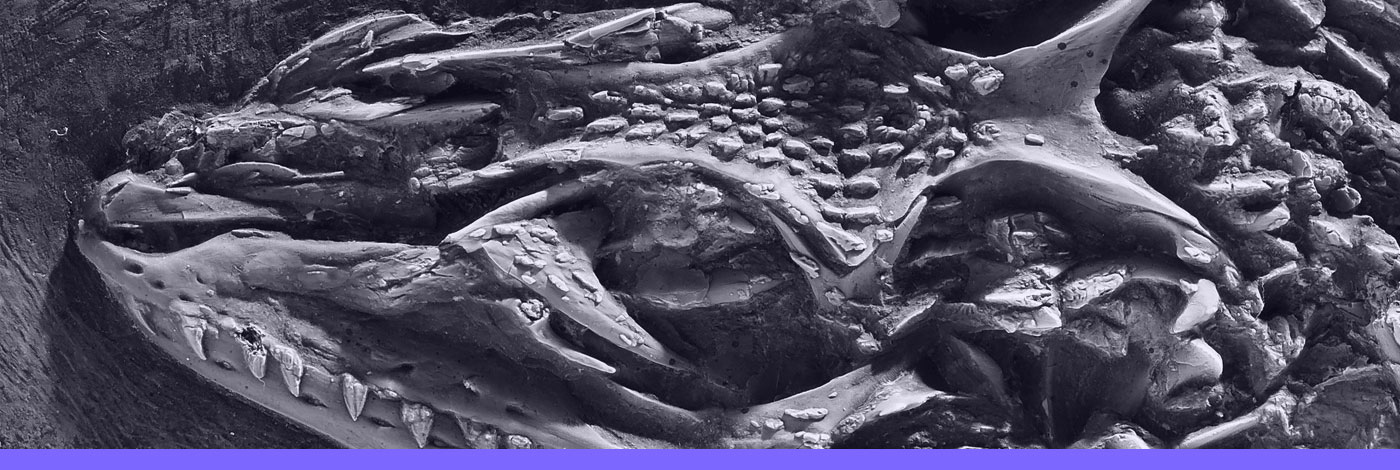
 Comptes Rendus Palevol
8 (5) - Pages 503-509
Comptes Rendus Palevol
8 (5) - Pages 503-509In the course of the last 500,000 years, the Neandertal lineage was the first human group to extensively colonize the middle latitudes of western Eurasia up to 55° N. Although Neandertals were able to adapt to a variety of environments, their ability to cope with extreme glacial environments seems to have been very limited. Depending on the climatic cycles, their presence in the northern environments was essentially discontinuous. The periodical abandonment of some areas is generally interpreted as resulting in a movement of northern populations into southern refuges and a subsequent recolonisation of the northern regions. Here, we argue that the current palaeo-ecological, archaeological and palaeogenetic evidence supports a model of local extinctions rather than a habitat tracking model.
Neandertal, Climate, Demography, Mousterian, Glaciation, Interglacial, Refuge